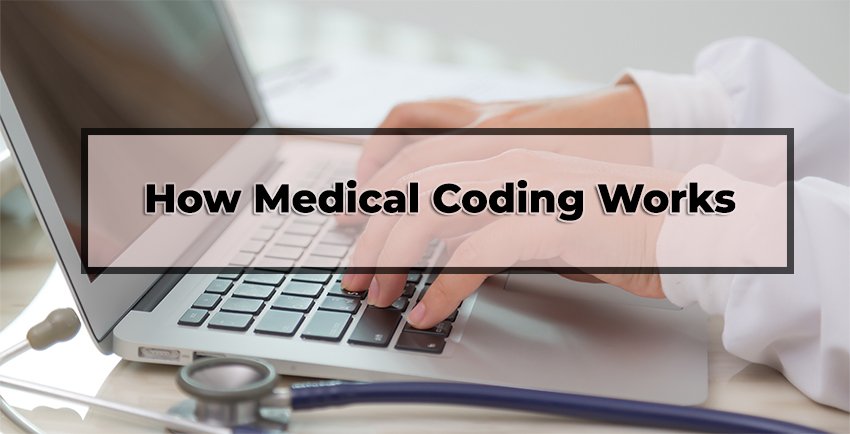How Medical Coding Works
Medical coding is a fundamental aspect of healthcare management that involves converting detailed medical information into standardized alphanumeric codes. These codes are used to represent diagnoses, procedures, and services, and are crucial for various administrative functions, including billing, insurance claims, and patient record-keeping.

Understanding Medical Coding Systems
Medical coding relies on several standardized coding systems that ensure consistency and accuracy in healthcare documentation:
ICD-10-CM (International Classification of Diseases, 10th Revision, Clinical Modification)
Purpose: ICD-10-CM codes are used to document and classify medical diagnoses and conditions. They provide detailed descriptions of diseases, symptoms, and conditions.
Structure: The codes are alphanumeric, with a format that includes a combination of letters and numbers. For example, E11.9 represents Type 2 diabetes without complications.
Usage: These codes are essential for tracking health statistics, research, and healthcare planning. They also play a role in determining patient eligibility for services and benefits.
CPT (Current Procedural Terminology)
Purpose: CPT codes are used to describe medical, surgical, and diagnostic procedures and services. They provide a standardized language for documenting the care provided to patients.
Structure: CPT codes are five-digit numeric codes. For instance, 99213 is used for an office visit with an established patient.
Usage: These codes are crucial for billing and reimbursement processes, allowing healthcare providers to receive compensation for the services rendered.
HCPCS Level II (Healthcare Common Procedure Coding System)
Purpose: HCPCS Level II codes are used to classify non-physician services, such as durable medical equipment, prosthetics, orthotics, and supplies.
Structure: These codes are alphanumeric and typically start with a letter followed by four numbers, such as A0428 for ambulance service.
Usage: HCPCS Level II codes complement CPT codes and are used for billing items and services not covered by CPT.
The Medical Coding Process
1. Documentation Review:
- Initial Step: Coders begin by examining medical records, which include clinical notes, test results, and treatment plans.
- Detail Extraction: They extract relevant details from these records to ensure that all aspects of the patient’s care are accurately represented.
2. Code Assignment:
- Selecting Codes: Coders match the extracted information with the appropriate codes from the ICD-10-CM, CPT, and HCPCS systems.
- Accuracy: They must ensure that the codes accurately reflect the medical services and diagnoses documented in the patient’s records.
3. Verification and Quality Control:
- Review Process: Codes are reviewed to verify accuracy and completeness. This helps prevent errors and ensures that the coding aligns with the documentation.
- Consistency Checks: Coders perform consistency checks to ensure that the codes are applied correctly and meet regulatory standards.
4. Claim Preparation and Submission:
- Claim Creation: Once coding is complete, the information is used to create claims for insurance companies or government programs.
- Submission: Claims are submitted electronically or manually, depending on the payer’s requirements.
5. Follow-Up and Reconciliation:
- Claim Tracking: Coders track the status of submitted claims and address any issues or denials.
- Adjustments: They may need to make adjustments to claims based on feedback or additional information from payers.
Importance of Medical Coding
Medical coding is crucial for several reasons:
- Accurate Billing and Reimbursement: Ensures that healthcare providers are compensated correctly for the services they provide. Accurate coding helps prevent delays and denials in reimbursement.
- Regulatory Compliance: Helps healthcare providers adhere to legal and regulatory requirements, minimizing the risk of fraud and abuse.
- Data Management: Provides valuable data for healthcare management, research, and quality improvement. Accurate coding supports effective patient care and healthcare planning.
- Efficient Operations: Streamlines administrative processes and improves the overall efficiency of healthcare operations.
Medical coding is an essential component of the healthcare industry, enabling accurate documentation, billing, and data management. By understanding the coding systems and processes, healthcare professionals can contribute to the efficient operation of healthcare organizations and support high-quality patient care. Mastery of medical coding ensures that healthcare services are documented and reimbursed accurately, ultimately benefiting both patients and providers.

